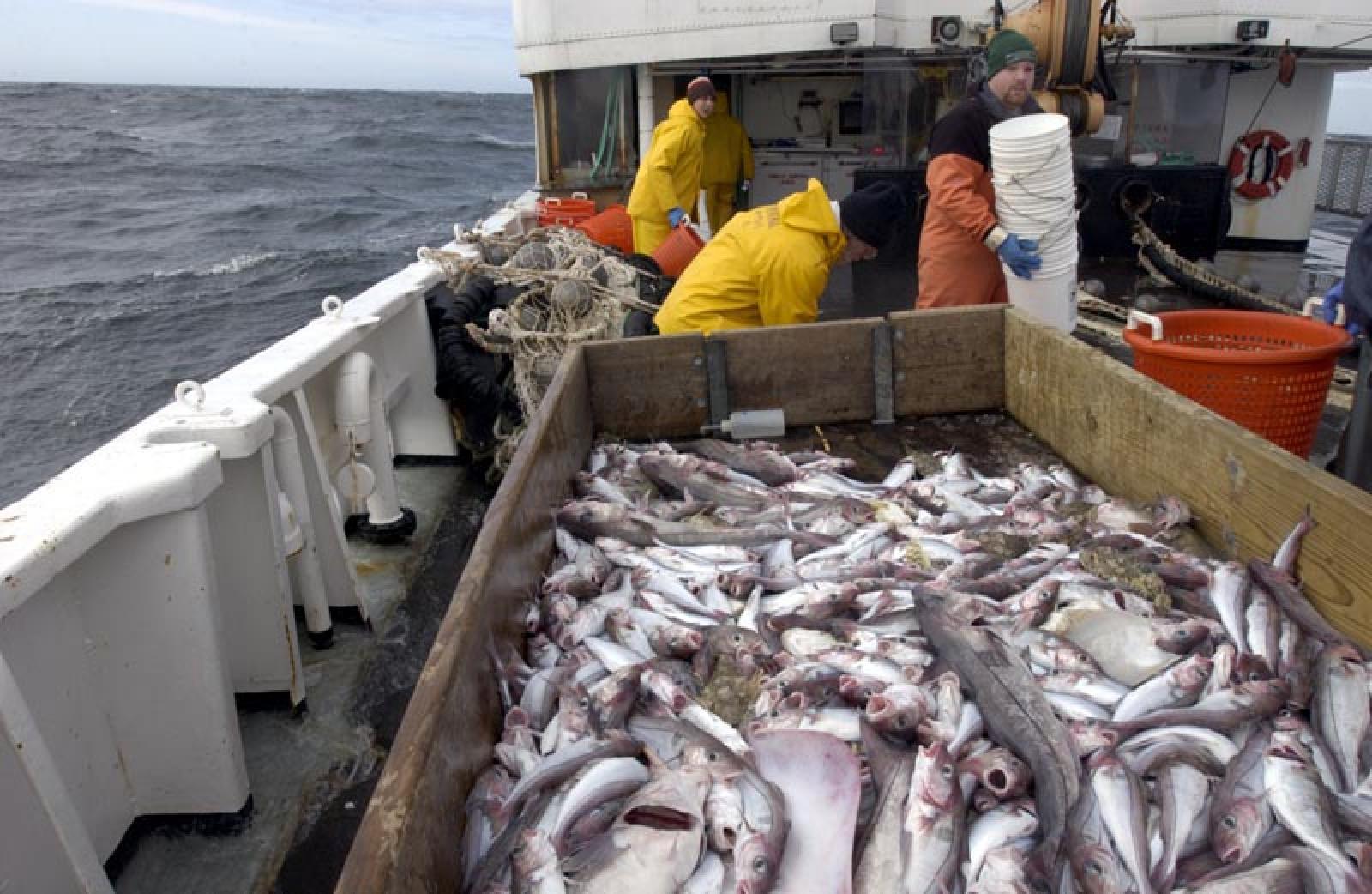President Obama Thursday designated nearly 5,000 square miles of ocean southeast of the Vineyard —home to undersea mountains and canyons and a diverse array of marine life — as a marine national monument, the first such designation in the Atlantic Ocean.
The area called Northeast Canyons and Seamounts Marine National Monument features “great abundance and diversity as well as stark geological relief,” according to a presidential proclamation issued Thursday. The new monument 130 miles southeast of Cape Cod is home to deep-sea coral, fish, and whales, as well as three submarine canyons and four underwater mountains.
The President has authority to designate national monuments on land and in the ocean through the Antiquities Act. There are four marine national monuments in the Pacific Ocean, including the Papahanaumokuakea Marine National Monument off the coast of Hawaii, which the President expanded last month.
The national monument designation allows the President to act unilaterally to preserve areas that have historic or scientific interest.
The proclamation designating the marine monument focused on New England’s historic roots to the ocean and the area’s ecological resources. “Throughout New England, the maritime trades, and especially fishing, have supported a vibrant way of life, with deep cultural roots and a strong connection to the health of the ocean and the bounty it provides,” it reads.
Situated at the edge of Georges Bank, a historically rich fishing ground, the monument consists of two sections. The first is the canyons, an area of 941 square miles that includes the underwater canyons Oceanographer, Gilbert, and Lydonia. The canyons are 200 meters to thousands of meters deep. Species including squid, octopus, skates, founders and crabs are found in the canyons, as well as toothed whales like the endangered sperm whale.
The seamounts area is 3,972 square miles. The underwater mountain chain is composed of more than 30 extinct undersea volcanoes formed hundreds of millions of years ago. Underwater mountains Bear, Mytilus, Physalia, and Retriever are included in the monument area. Bear Seamount is the largest, rising more than 8,000 feet above the ocean floor. The seamount is about 100 million years old and has a summit that is more than 12 miles in diameter.
The seamounts “have many rare and endemic species, several of which are new to science and are not known to live anywhere else on earth,” according to the proclamation.
At least 54 species of deep-sea corals, sponges, and anemones are found in the newly-designated monument and provide food, shelter, and spawning habitat for a variety of species. Other marine life known to frequent the area include more than 10 species of sharks, including white sharks; marine birds, including vulnerable Atlantic puffins, and leatherback and loggerhead turtles.
According to the proclamation, the area is sensitive to human disturbance, including extractive activities.
The new designation prohibits a wide range of activity in the area, including drilling and commercial fishing. Commercial fishing for red crabs and American lobster will continue to be allowed for a grace period of seven years.
A group of about 50 environmental organizations have been lobbying for the marine monument designation for about a year. Initial discussions included Cashes Ledge, a deep sea area about 80 miles off the New England coast that is home to a large kelp forest, but the Obama administration indicated earlier this year that the ledge was not being considered for monument designation.
Some fishing organizations have opposed the designation. The Boston Globe reported Thursday that the Southern Georges Bank Coalition criticized the decision and said millions of dollars of revenue would be lost in local fisheries. In a letter to the President last November, Massachusetts Gov. Charlie Baker said that while his administration supports protecting critical marine habitats, he had concerns about the marine monument designation, including whether it would undermine ongoing work with the New England Fishery Management Council.
“The Baker-Polito administration is deeply disappointed by the federal government’s unilateral decision to undermine the commonwealth’s commercial and recreational fishermen with this designation,” the Governor’s deputy communications manager Brendan Moss said in a statement Thursday morning. “The Commonwealth is committed to working with members of the fishing industry and environmental stakeholders through existing management programs to utilize the best science available in order to continue our advocacy for the responsible protection of our state’s fishing industry while ensuring the preservation of important ecological areas.”




Comments (1)
Comments
Comment policy »